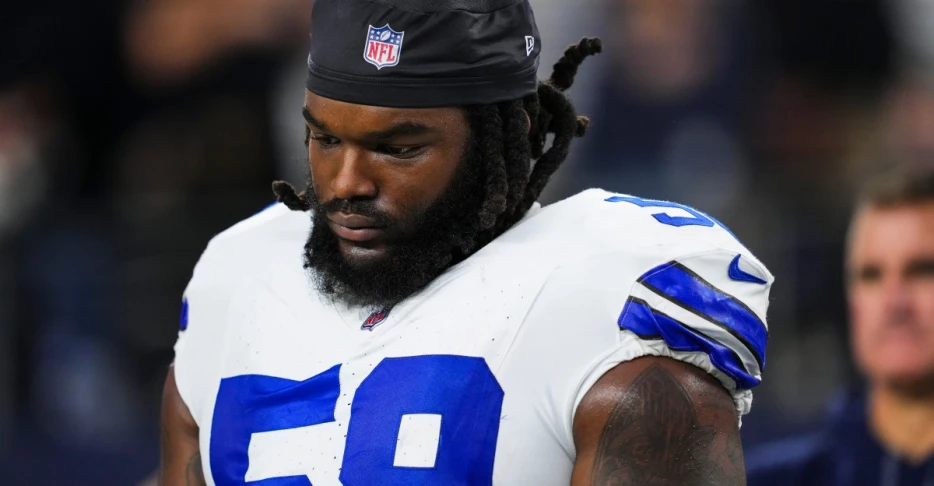
 Blogging The Boys
Blogging The Boys
Editor Note: We’re all still processing the tragic passing of Marshawn Kneeland. You can view the reported details of what happened here, and we will cover any news-worthy developments down the road if there are any. If you are struggling with any mental health issues, visit here for resources to help. We are now returning to our regular coverage of the Dallas Cowboys season.
It isn’t often that we talk about players getting renewed hope for their career by going to the Jets, but that may be just the case for Mazi Smith. The former first-round pick back in 2023 had his Cowboys tenure cut short on Tuesday, dealt to the Jets in a trade that netted his former team a fellow defensive tackle, star Quinnen Williams. While many are focused on Williams, and understandably so, the move of Smith marked an unfortunate yet inevitable end to his tenure in Dallas.
Smith represented the first defensive tackle the Cowboys had drafted in the first round since Russell Maryland all the way back in 1991. A hulking beast at Michigan, Smith played at a listed 337 pounds and trimmed down to 323 pounds for the draft. One of the most stout run defenders in college his final two years, Smith’s selection by Dallas felt like the Cowboys finally investing in their run defense.
Two years later, when Jerry Jones tried to explain why he traded away all-world pass rusher Micah Parsons for Kenny Clark and some picks, he blamed it on a run defense that was still really bad.
While that’s hardly the full story behind the decision to trade Parsons, it’s true that the run defense was – and continues to be – a problem. Smith failed to change that, and his well-documented struggles on the field combined with a high draft pedigree led many fans to cheer his departure.
Let’s take a look at what went wrong.
When Smith was first drafted to Dallas, his fit was obvious. A physical freak, Smith had been the linchpin for an elite Wolverines defensive line, flashing his otherworldly power and strength week in and week out. Dane Brugler of The Athletic even said in his scouting report that Smith “might never light up the stat sheet, but…flashes pass rush potential.” The consensus was that Smith can be a dominant run-stuffing nose tackle.
Almost immediately upon being drafted, though, Smith was asked to cut his weight down under 300 pounds. Dan Quinn, then the defensive coordinator, wanted to bank on that pass rush potential and alternate Smith between the 3-technique and 1-technique spots.
Smith obliged, but it impacted his performance as a rookie. In addition to learning a new scheme and playing against higher caliber offensive linemen than in college, Smith was also figuring out how to play the way he always had without 30 pounds of the mass he had in college.
At the conclusion of his rookie year, Quinn left for the Commanders head coaching job, and Mike Zimmer came...